Mirror Aluminum Sheet
Reflectivity: 85% Alloy: 1050/1060/1070/1085/3003
Mirror aluminum sheet, also known as reflective aluminum sheet or mirror finish aluminum sheet, is an aluminum sheet with a highly reflective mirror-like surface.
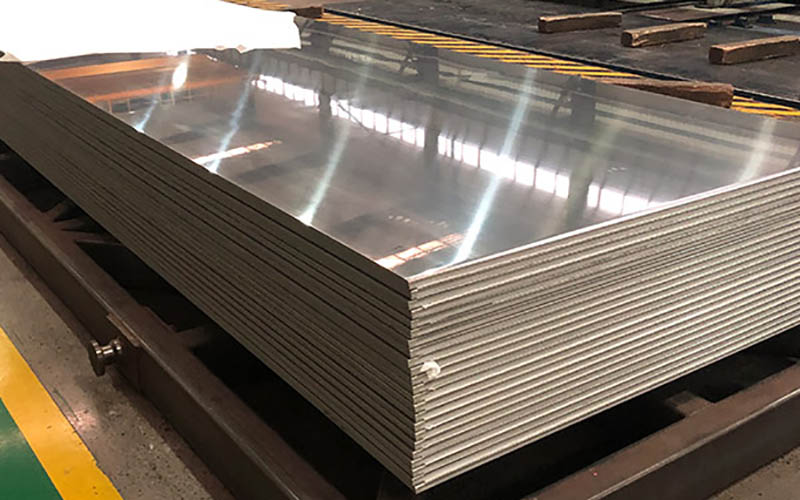
Aluminum Mirror Sheet is produced through various surface treatment processes that produce a smooth and glossy finish, allowing the paper to reflect light and images with high definition. Mirrored aluminum sheets have excellent reflectivity, often over 85%, making them ideal for applications requiring a reflective surface.
Mirror Finish Aluminum Sheet Key Features
Reflectivity
Mirrored aluminum panels are specially designed to have a high level of reflectivity, typically over 85%. This makes them suitable for applications requiring reflective surfaces such as decorative uses, lighting fixtures, solar reflectors and reflective panels.
Alloy
Commonly used alloys include 1050, 1060, 1070, 1085 or 3003. These alloys have good formability and high reflectivity properties. Mirror aluminum panels can be made of various aluminum alloys, depending on specific requirements.
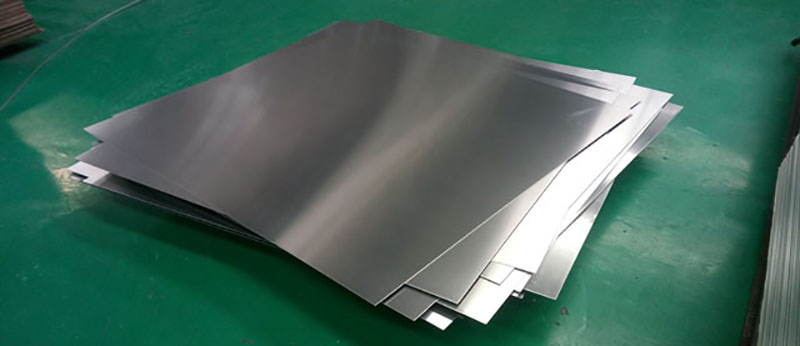
Temper
O-temper, mirror-finish aluminum sheet is usually supplied in the high-purity annealed condition, which provides good machinability for shaping and forming.
Surface Treatment
The high reflectivity of the mirror aluminum plate is achieved through special surface treatment. These sheets are usually mirror polished mechanically or chemically to create a smooth and highly reflective surface.
Protective Coating
To maintain reflectivity and protect the surface from scratches and oxidation, mirrored aluminum panels are often provided with a protective coating. This coating helps maintain a mirror-like finish during handling, shipping and installation.
Customization and Size
Mirrored aluminum panels can often be customized in size, thickness and shape to meet specific project requirements. Manufacturers may offer standard sizes or offer custom cutting.
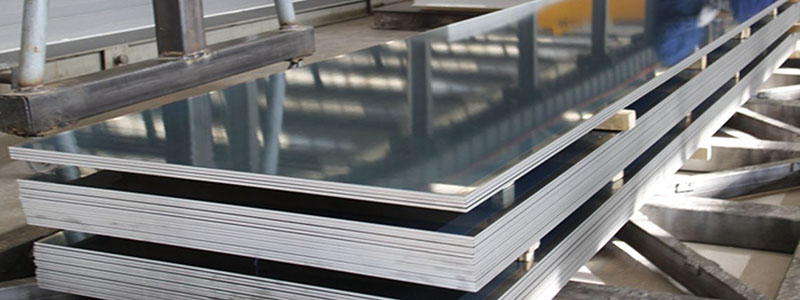
Typical Aluminum Mirror Sheet
-

- Mirror Polished Aluminum Sheet
- Alloy: Mirror polished aluminum panels are usually made of alloys such as 1050, 1060, 1070 or 1085, which have good formability and high reflectivity.
- Temper: Aluminum alloys are usually supplied in an annealed (O) or soft state, offering good machinability for polishing and forming.
- Specifications: Mirror polished aluminum panels typically have a high reflectivity of over 85% and a smooth, mirror-like surface finish.
- Application: Mirror polished aluminum sheets are used for interior design, decorative elements, lighting fixtures, reflectors and architectural decoration.
-
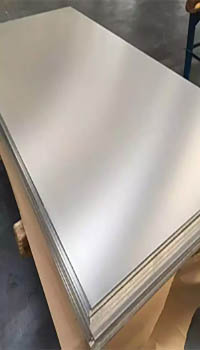
- Mirror Anodized Aluminum
- Alloys: Mirror anodized aluminum panels are often made from alloys such as 5005, 5052 or 6061, which are known for their corrosion resistance and formability.
- Temper: Aluminum alloys are usually supplied in the T6 temper, which provides a balance of strength and formability.
- Specifications: Mirror anodized aluminum panels feature a highly reflective surface and a protective anodized coating for enhanced durability and corrosion resistance.
- Application: Mirror anodized aluminum sheet can be used for architectural decoration, decorative elements, signage, auto parts and electronic enclosures.
-
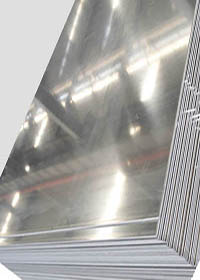
- High Polished Aluminum Sheet
- Alloys: Highly polished aluminum plates can be made from alloys such as 1050, 1060 or 1100 for good formability and surface finish.
- Temper: Aluminum alloys are usually supplied in an annealed (O) or soft state, offering good machinability for polishing and forming.
- Specifications: Highly polished aluminum sheet with a smooth, glossy surface finish and enhanced reflectivity.
- Applications: Highly polished aluminum sheets are used for decorative applications, interior design, automotive trim and reflectors.
-
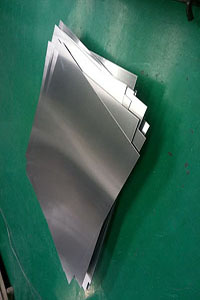
- Reflective Aluminum Mirror Sheet
- Alloy: Reflective aluminum lenses are usually made of alloys such as 1060 or 1100, which have good formability and reflectivity.
- Temper: Aluminum alloys are usually supplied in an annealed (O) or soft state, offering good machinability.
- Specifications: Reflective aluminum mirror panels have a highly reflective surface and are available in various thicknesses.
- Application: reflective aluminum mirror panels are used in decorative elements, lighting reflectors, solar reflectors and reflector panels.
-

- Aluminum Composite Panel Mirror Sheet
- Alloy: Aluminum composite panel mirror panels are usually made of aluminum alloy skins and bonded to the composite panel core material.
- Condition: Aluminum alloy skins are usually supplied in a soft state, which is flexible and easily bonded to the composite panel.
- Specifications: Aluminum Composite Panel Mirror panels have a reflective aluminum surface on one side, bonded to the composite panel for structural support.
- Applications: Aluminum composite panel mirror panels are commonly used in building cladding, signage and decorative applications.
-
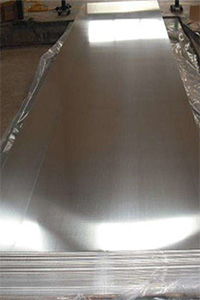
- Polished Aluminum Sheet 4x8
- Alloys: 4x8 size polished aluminum plates can be made from a variety of alloys including 3003, 5052 or 6061 depending on specific requirements.
- Temper: Aluminum alloys are usually supplied in T6 temper for increased strength and formability.
- Specifications: 4x8 size polished aluminum plate with a smooth, polished surface finish.
- Application: Polished aluminum sheet in size 4x8 is used in architectural applications, interior design, decorative elements and automotive parts.
During the processing of these mirrored aluminum panels, proper surface preparation, cleaning and handling techniques should be employed to achieve the desired finish and avoid surface damage. Additionally, specific processing considerations may vary by alloy, finish, and application, so it is advisable to consult a manufacturer or supplier specializing in mirror-finish aluminum sheet for detailed instructions tailored to your specific needs.
Mirror Aluminum Plate Application
Application: The mirror aluminum sheet has a wide range of applications. They are commonly used in interior decoration, architectural decoration, lighting reflectors, solar reflectors, automotive trim and signage. The reflective surface of the mirrored aluminum panels enhances the aesthetics and can increase the perceived space and brightness of interior spaces.
| Application | Alloy Options |
| Decorative Applications | 1050, 1060, 1100 |
| Lighting Fixtures | 3003, 5052 |
| Solar Energy | 1070, 1085 |
| Automotive Industry | 5052, 6061 |
| Signage | 3003, 5052 |
| Electronics | 1050, 1060 |
| Reflective Panels | 1100, 3003 |
| Furniture and Home Decor | 3003, 5052 |
- Decorative Applications: Mirrored aluminum panels are widely used in interior design and architectural applications due to their aesthetics. They are used on wall panels, ceilings, trim pieces, furniture and other decorative elements to create a sleek, modern look.
- Lighting Fixtures: The high reflectivity of mirrored aluminum panels makes them suitable for lighting applications. They are used in reflectors and shades to maximize light output and distribution. Mirrored aluminum panels help to increase the efficiency of lighting fixtures by reflecting light in the desired direction.
- Solar: Mirrored aluminum panels are used in solar applications, especially solar reflectors. They reflect and concentrate sunlight onto solar cells or receivers, increasing the efficiency of solar power systems.
- Automotive Industry: Mirrored aluminum sheets are used in the automotive industry for decorative purposes, especially in interior and trim. They add a touch of sophistication and reflectiveness to the interior design of a vehicle.
- Signage: Mirrored aluminum panels are commonly used in signage applications. The reflective surface allows for clear and high-visibility signage in a variety of settings, including commercial buildings, retail spaces and outdoor signage.
- Electronics: Mirror aluminum sheets are used in electronic devices that require a reflective surface. They can be found in monitors, touch screens, mirrors in cameras, and other electronic components.
- Reflectors: Mirror aluminum sheets are used as reflectors for various applications. These panels are used in architecture, photography, stage sets and exhibitions to create mirror effects and enhance visual appeal.
- Furniture and Home Decoration: Mirrored aluminum sheets are used in furniture and home decorations such as mirrors, tabletops and ornaments. They add reflectivity and style to interior designs.
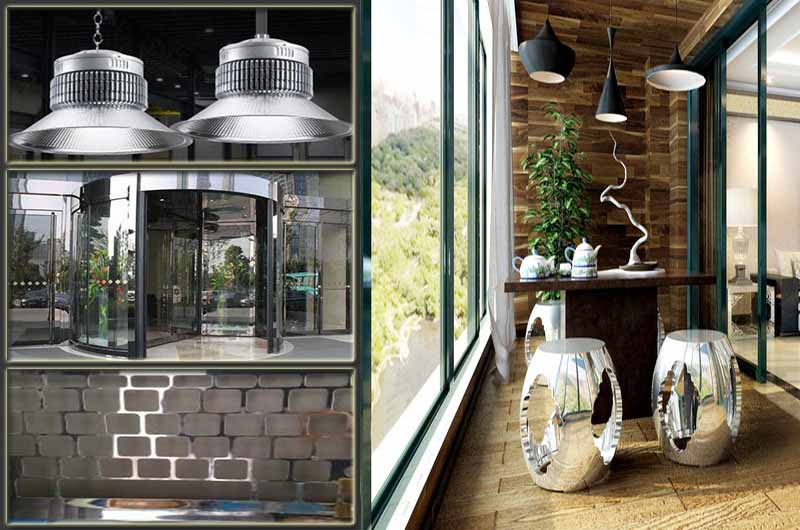
How to Mirror Polish Aluminum?
To mirror polish aluminum, you can follow these general steps:
-
Prepare the Surface
- Start with a clean and smooth surface. Remove any dirt, grease, or oxidation from the aluminum using a mild detergent or aluminum cleaner.
- Sand the surface with progressively finer grit sandpaper (starting with around 320 grit) to remove any scratches or imperfections. Continue sanding with finer grits until you achieve a smooth and even surface.
-
Buffing
- Apply a polishing compound specifically designed for aluminum to the surface. You can use a liquid or paste compound.
- Use a buffing wheel attached to a bench grinder or a handheld buffing tool. The buffing wheel should have a soft, fine-grade polishing pad or a cloth wheel.
- Apply moderate pressure and move the buffing wheel in a circular motion across the surface of the aluminum. Ensure even coverage and overlap the polishing strokes.
-
Polishing
- Once the initial buffing is complete, switch to a new, clean buffing wheel or a different polishing pad/cloth.
- Apply a high-quality aluminum polishing compound onto the new wheel or pad.
- Repeat the circular polishing motion, applying moderate pressure and ensuring even coverage across the entire surface.
- Continue polishing until you achieve the desired mirror-like finish. You may need to repeat the buffing and polishing steps with finer compounds for a higher level of shine.
-
Final Finishing
- Once the mirror polish is achieved, clean the aluminum surface with a mild detergent or aluminum cleaner to remove any polishing residue.
- Rinse the surface thoroughly with water and dry it with a clean, soft cloth.
How to Polish Aluminum to Mirror Finish?
Handling and Cleaning: Mirrored aluminum panels should be handled with care to avoid scratching the reflective surface. When cleaning, we recommend using a soft, non-abrasive cloth or sponge and mild soap or a mild cleaner designed for metal surfaces. Harsh chemicals and abrasive materials should be avoided to prevent damage to the mirror finish.

